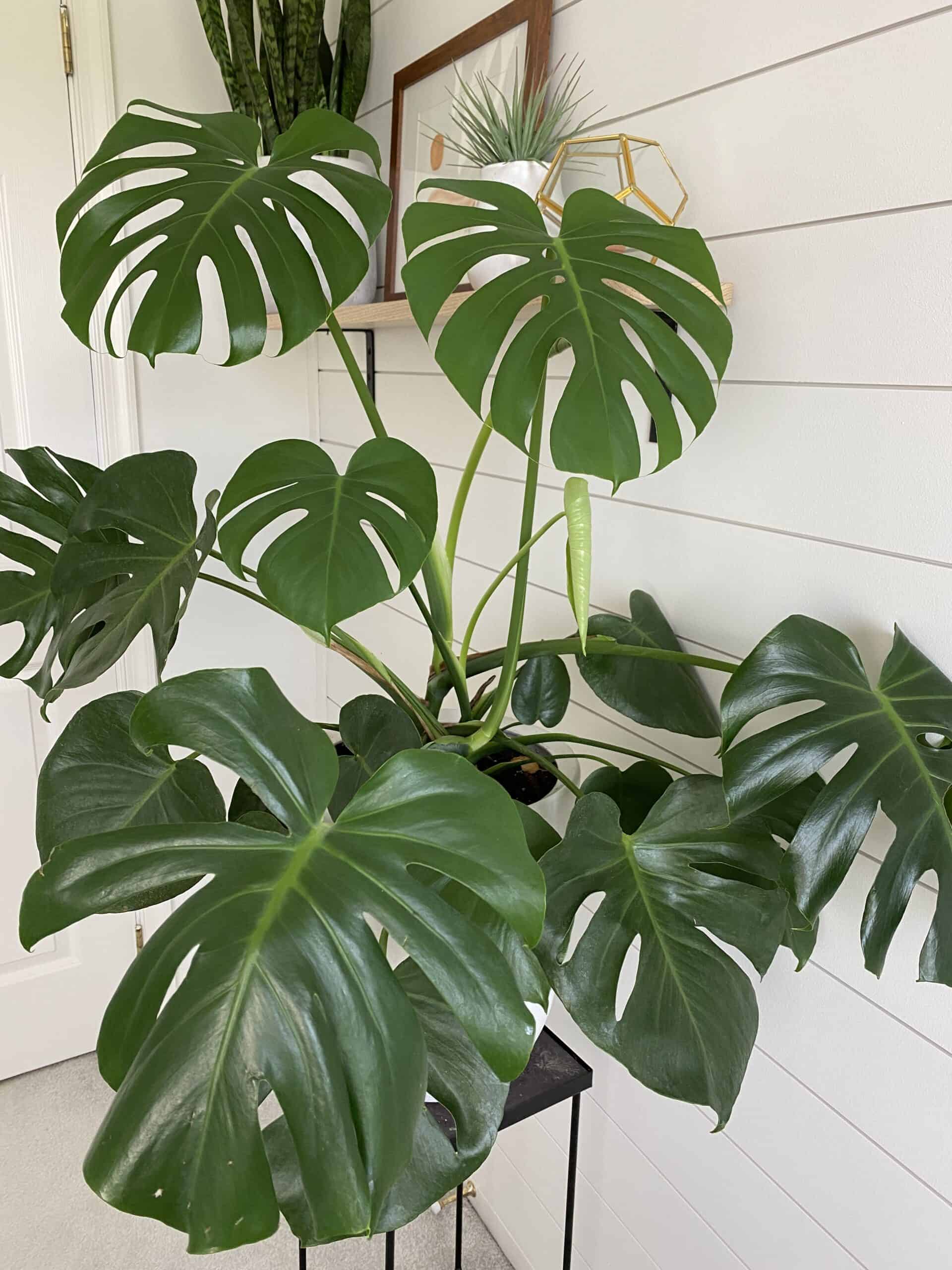A Comprehensive Guide to the Monstera Plant: A Tropical Beauty
The Monstera plant, with its iconic split leaves and lush green foliage, has become a beloved addition to countless homes and offices around the world. Native to the tropical rainforests of Central and South America, this versatile plant offers a touch of the exotic to any indoor space. In this comprehensive guide, we will delve into the fascinating world of the Monstera plant, exploring its unique characteristics, care requirements, and its symbolic significance.

The Monstera deliciosa, commonly known as the Swiss Cheese Plant, belongs to the Araceae family. It is native to the rainforests of southern Mexico, Central America, and Panama. The genus name “Monstera” is derived from the Latin word “monstrum,” meaning “abnormal” or “unusual,” perhaps referring to its unusual leaf structure.
The Monstera plant is characterized by its large, heart-shaped leaves that develop slits or holes as they mature. These slits, often referred to as “fenestrations,” are believed to aid in photosynthesis by allowing more sunlight to reach the lower parts of the plant. The leaves can grow to be several feet long and wide, making the Monstera a striking focal point in any room.
The Monstera is a climbing vine that can grow to be quite large in its natural habitat. Indoors, it is often grown as a potted plant and can be trained to climb a moss pole or trellis. With proper care, a Monstera can live for many years and develop a substantial size.
Monsteras thrive in bright, indirect light. While they can tolerate low light conditions, the leaves may not develop the characteristic fenestrations. Avoid placing the plant in direct sunlight, as this can scorch the leaves.
Water the Monstera plant when the top inch of soil is dry to the touch. Avoid overwatering, as this can lead to root rot. Allow the excess water to drain from the pot’s drainage holes.
As a native of tropical rainforests, the Monstera prefers high humidity levels. Mist the plant regularly, or use a humidifier to increase the humidity in the surrounding air.
Monsteras prefer warm temperatures between 65°F and 85°F (18°C and 30°C). Avoid exposing the plant to cold drafts or sudden temperature fluctuations.
Feed the Monstera plant with a balanced liquid fertilizer during the growing season (spring and summer). Dilute the fertilizer to half strength and apply it once a month.
Pruning is optional for Monstera plants, but it can help to control their size and shape. Remove any dead or damaged leaves and trim back long vines as needed.
Yellowing leaves can be a sign of overwatering, underwatering, or nutrient deficiency. Adjust your watering schedule and consider fertilizing the plant.
Brown leaf tips are often caused by low humidity or underwatering. Increase the humidity around the plant and ensure it is receiving adequate water.
Monstera plants can be susceptible to common houseplant pests such as spider mites and mealybugs. Treat infestations with insecticidal soap or neem oil.
Monstera plants can be propagated from stem cuttings or aerial roots. Choose a healthy stem cutting with at least one node and insert it into a pot of well-draining potting mix. Keep the cutting moist and warm until it develops roots.
In addition to its aesthetic appeal, the Monstera plant carries symbolic significance. It is often associated with resilience and growth, as it can thrive in challenging conditions and continue to produce new leaves even when faced with adversity.
The Monstera plant is a beautiful and versatile addition to any indoor space. With its unique leaf structure and easy care requirements, it is a popular choice for plant enthusiasts of all levels. By following the tips and advice provided in this guide, you can enjoy the beauty of a healthy and thriving Monstera plant in your own home.